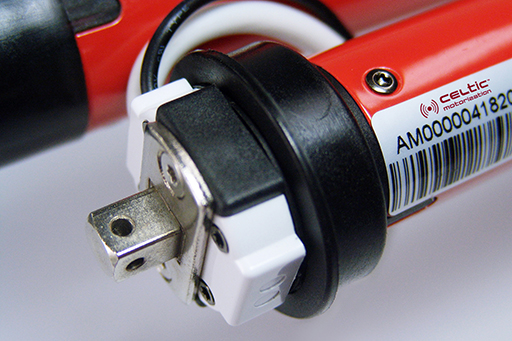Features
• 3 preset cutting angle positions -45° | 90° | +45° by blocking the rotating bench with precision pins.
• Possibility to perform cuts at any degree from 80° to -80° by using mechanical
stops on the rotating indicator.
• Smooth raising of the blade by means of a pneumatic cylinder.
• Automatic safety feature when blade housing is raised.
• Every cut is a safe operation.
• Continuous clean operation by the instantaneous removal of all aluminum shavings.
• High speed and accurate cutting quality.
• Precision in measurements which avoids inaccurate cuts.
Standard Equipment
• 400 mm (15.74 in) diameter Widia blade.
• Shavings suction hood.
• Vertical pneumatic clamps.
• Single-phase Motor 1,1 kW.
• Blade housing for full protection.
• Automatic lubrication by pneumatic spray mist.
• Air filter, air gun, service clamps.
Optionals
• Movable trimming rear fence.
• Horizontal clamps.
Why safety is key -some facts...
Health impact
Economic impact
- Table saw injuries result in substantial costs for patients, their families, and third-party payers alike. The US Consumer Product Safety Commission Injury Cost Model estimates that $2.13 billion a year is spent on treating blade contact injuries.
- Calculated costs for patients -mean medical costs (including initial treatment, follow-up treatment, and rehabilitation) of $22,086 and mean a wage loss of $8,668 in the 64 mean days they were off work -as one study reports.
- Wage loss is also supported by the 2003 Kentucky Workers’ Compensation data that reported indemnity costs of $6,752 and $5,758 for thumb and finger amputations, respectively.














